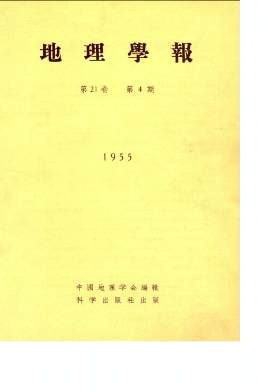LEE SHIH-YING, WANG AN-CHIU, TSAI WeI-CHI, HUANG TA-HSING, WANG CHING-JUI
It has always been a great controversy whether to placa the Tsaidam Basin as a natural unit of China. Some scientists, basuig on its climate and altitude, have placad it as a sub-unit of the Tibetan plateau, othsrs considered it as having characteristics similar, and henca belonging to the same division as the Chiangtang plateau, or the wester part of Tibet. Still others prefer, from the geogological and botanical viewpoints, to placa it together with the Mongol-Sinkiang area.
